|
Rainwater is stored temporarily in the sloping avenue open spaces and then runs down to the bottom of the slope in a little stream. |
|
We heard a great deal about the Kronsberg – before and after Expo 2000. But when the bulldozers have finally moved away, perhaps it will only be the local residents who find their way up this 43 metre hill. Which would be a pity. Whatever else happened, the Kronsberg development was one of the exhibits off the main World Fair site that was marketed and realized under the motto ‘Man – Nature – Technology’ as a model ecological project. As is well known, this challenge was not met in all fields. One field in which it was successful, however, was the rainwater management in this new urban district of 130 hectares. The head of Hanover’s environment department applied the word ‘revolutionary’ to this approach, which promised that the hydrological conditions would not deteriorate despite the sealing which the development made inevitable. The idea was that not a drop of rainwater that fell on roofs, roads and squares would be taken into the sewerage system, but would be retained on the Kronsberg or at its foot, soak away in part and feed a valuable body of water underneath, even in dry periods. This was largely achieved by two green areas, 13 by 30 metres, running parallel with the slope and various bands of parkland arranged one behind the other along the bottom of the slope. These three strips received all the surface water from the districts that could not soak away, evaporate or be retained in the private and semi-private areas, and in the district parks. The retention and soakaway areas on the slope and at its foot are rightly called open spaces. Compulsory ecological measures are not seen as technical facilities here, but as parks. Water, even when it is intended to flow away slowly, or disappear by infiltration, and thus not a permanent feature, is an exciting and enhancing sight for all age groups in the green areas. In the two ‘slope avenues’ |
|
The ‘slope avenues’ under construction; the stream is fitted with sheet seal. |
|
Regulating devices are built into the retention lips. This means that the outflow can be varied and the retention frequency controlled. |
![]()
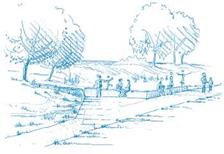
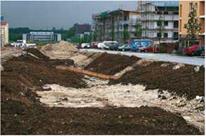
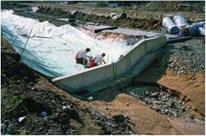
![]()

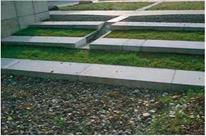
![]()
 |
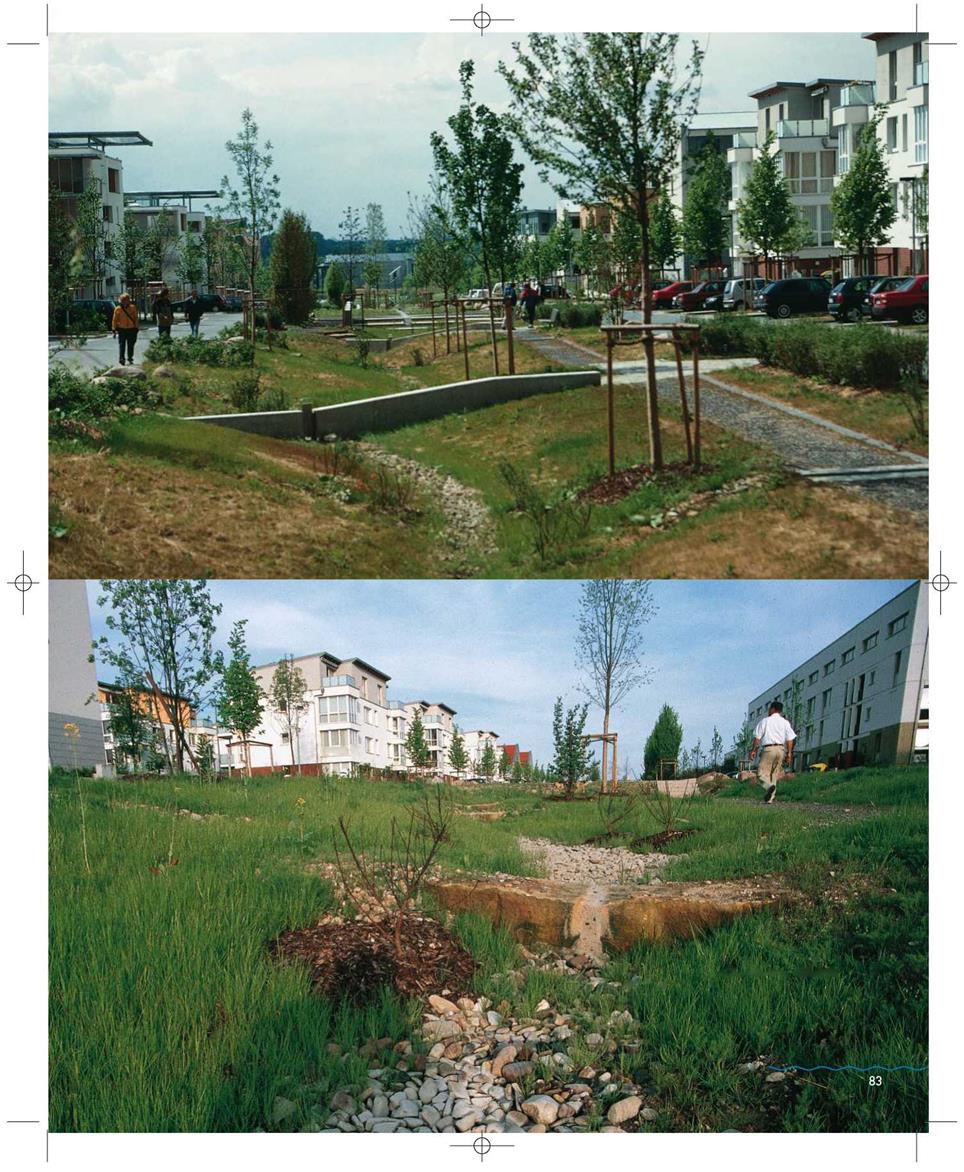 гагату
гагату
|
|
|||||
|
|||||
|
|||||
|
|||||
|
|
|
![]()

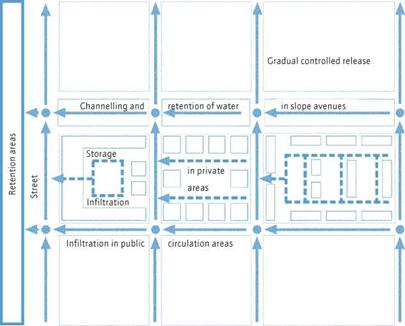
![]()
![]()

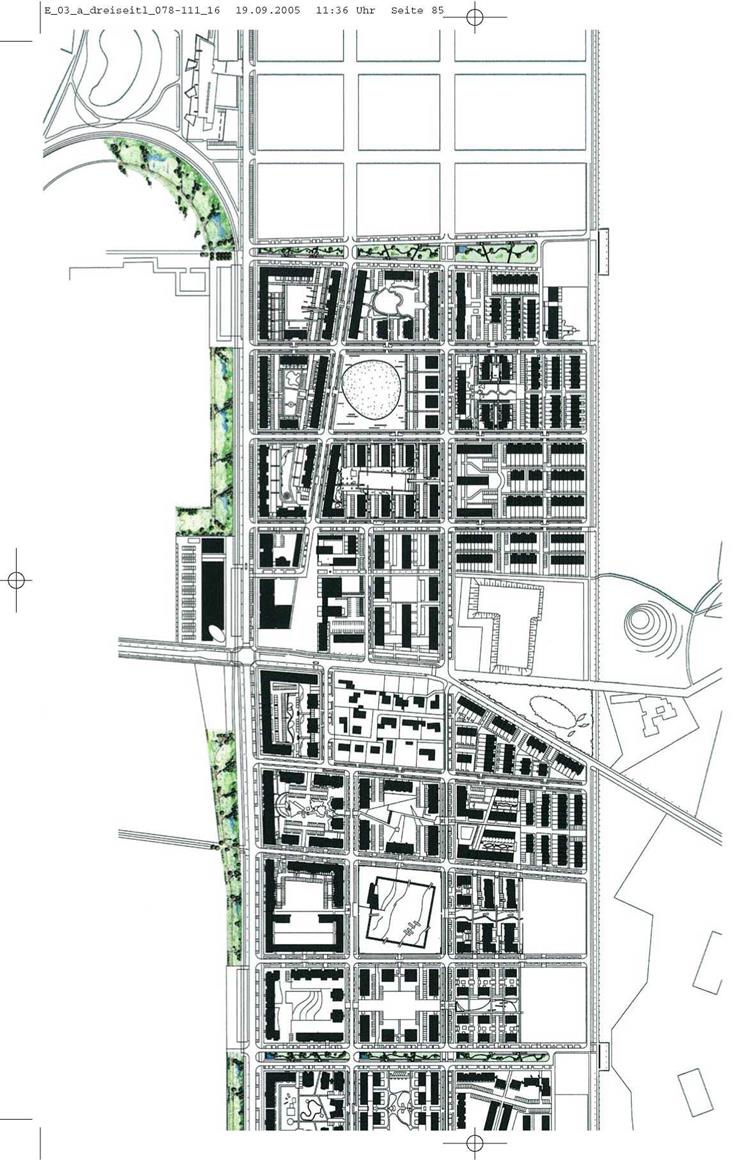
Development plan showing areas built by the year 2000. The sloping avenues and retention areas show up as linear strips of urban parkland.
|


